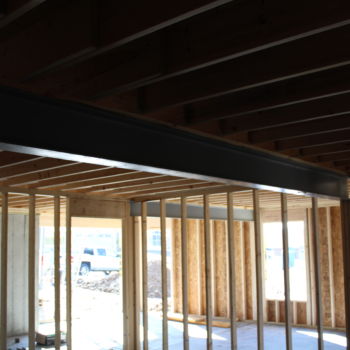

The conventional sensitivity analysis method unanimously takes all remaining elements except the damaged ones as statistical objects, and element importance is evaluated by the mean value of the sensitive indices of statistical objects. By this method, the vulnerability of a truss structure can be predicted and enhancement of the necessary countermeasures needed to prevent progressive collapse can be adopted. A method for identifying the sensitive and key element is put forth, and a Safety Assessment Method (SAM) based on linear static analysis procedure is proposed to evaluate the sensitivity index and key index of structural members. The mechanism of internal force redistribution is studied and the importance of the mechanism affecting the subsequent failure process after the initial loss of the member is revealed. In this paper, the robustness of the truss structures is studied by both nonlinear static and dynamic analysis. As one of typical systems in industrial facilities and large-scale public buildings, a truss roof with low redundancy differs from a load-bearing wall and frame system. The structural integrity and capacity to resist collapse are gradually improving as an essential requirement in structural design practice.


Progressive collapse resulting from local failures in accident events have caused many tragedies and loss of life in the past.


 0 kommentar(er)
0 kommentar(er)
